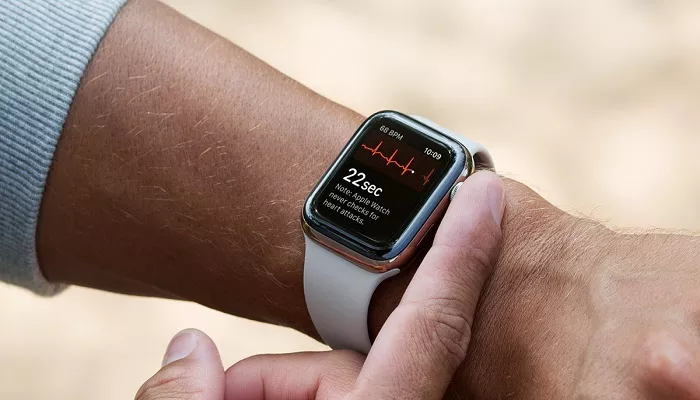Van Hutcherson, a 60-year-old Chicago resident, doesn’t see himself as a fitness fanatic. Instead, he calls himself curious—especially about his health. Now retired, or as he prefers to say, “rewired,” Hutcherson sees this phase of life as a chance to keep learning, including about his own body.
Three days a week, Hutcherson lifts weights with a personal trainer. Most days, he also does cardio, often by walking to a nearby lake while listening to podcasts. His journey with the Apple Watch began with encouragement from his trainer, who had been suggesting it for years.
“I didn’t think I was someone who needed that much data,” Hutcherson said. But he eventually gave in and bought one. Not long after, the device played a key role in detecting a serious heart issue.
One January morning, Hutcherson received five or six alerts from his Apple Watch warning him of a high heart rate—130 beats per minute—while he was at rest. Though he wasn’t feeling well, he assumed he was just tired. At first, he thought the watch was broken and went to the Apple Store to get a new one. But the new device showed the same warnings.
That’s when Hutcherson walked to Northwestern Memorial Hospital. Emergency staff quickly admitted him and performed an EKG. The diagnosis: atrial flutter, a condition that can lead to stroke if left untreated.
Doctors told Hutcherson the cause could be stress, caffeine, or alcohol, though none seemed likely in his case. Sometimes, heart issues appear without warning—even in otherwise healthy people.
“If I didn’t have this on my wrist, I would’ve ignored the signs,” Hutcherson said. “I would’ve just thought I had a cold or was tired.”
Doctors initially tried medication, but it didn’t work, and he returned to the ER. Ultimately, they performed a cardiac ablation—a procedure that corrects faulty heart rhythms using a thin wire inserted through the groin.
Hutcherson says the Apple Watch brought him peace of mind throughout the process. “It’s like having a wellness provider on your wrist,” he said. He used the device to monitor his heart rate and EKG, sending updates to his doctors for quick feedback.
Today, Hutcherson feels better and is back to his active routine. He credits the Apple Watch for helping him catch a serious condition before it was too late.
Related Topics:

